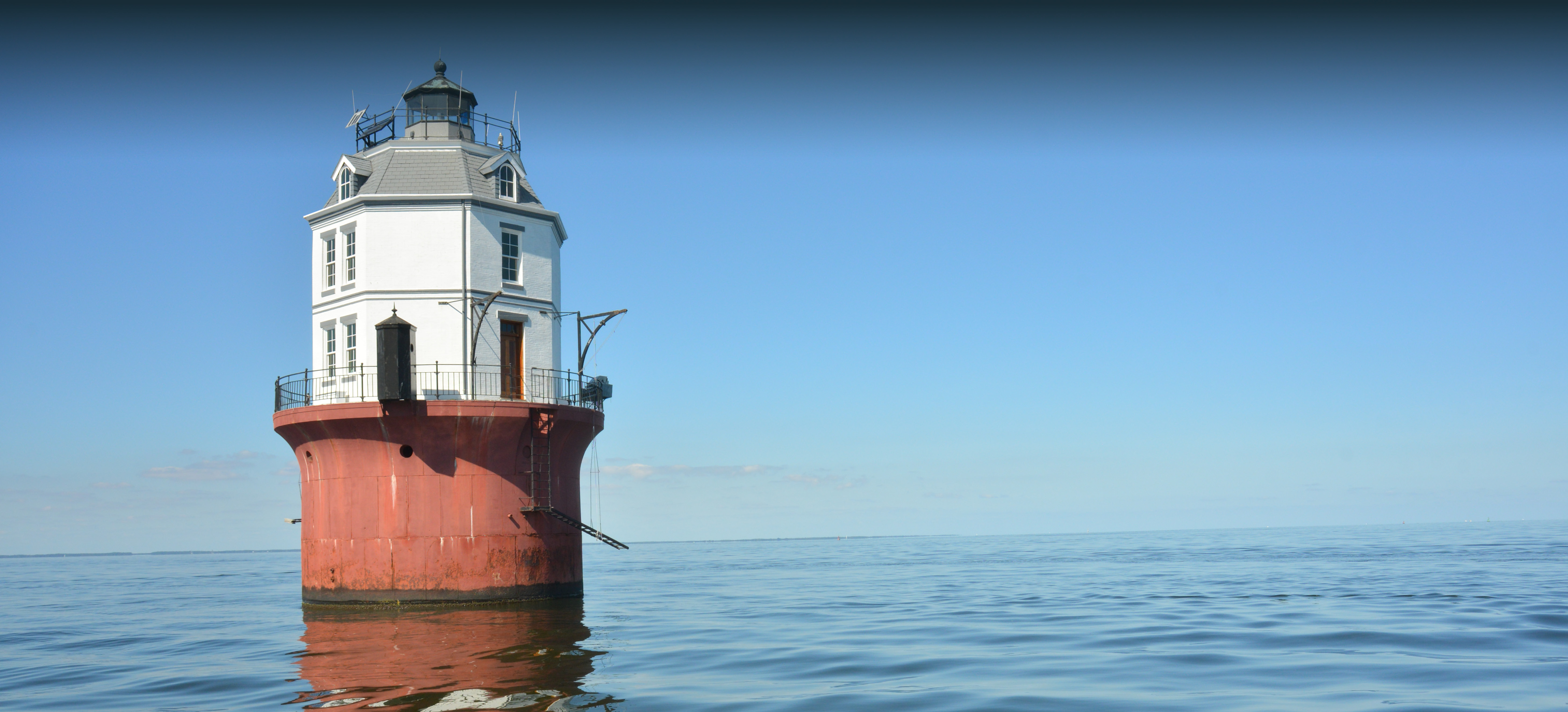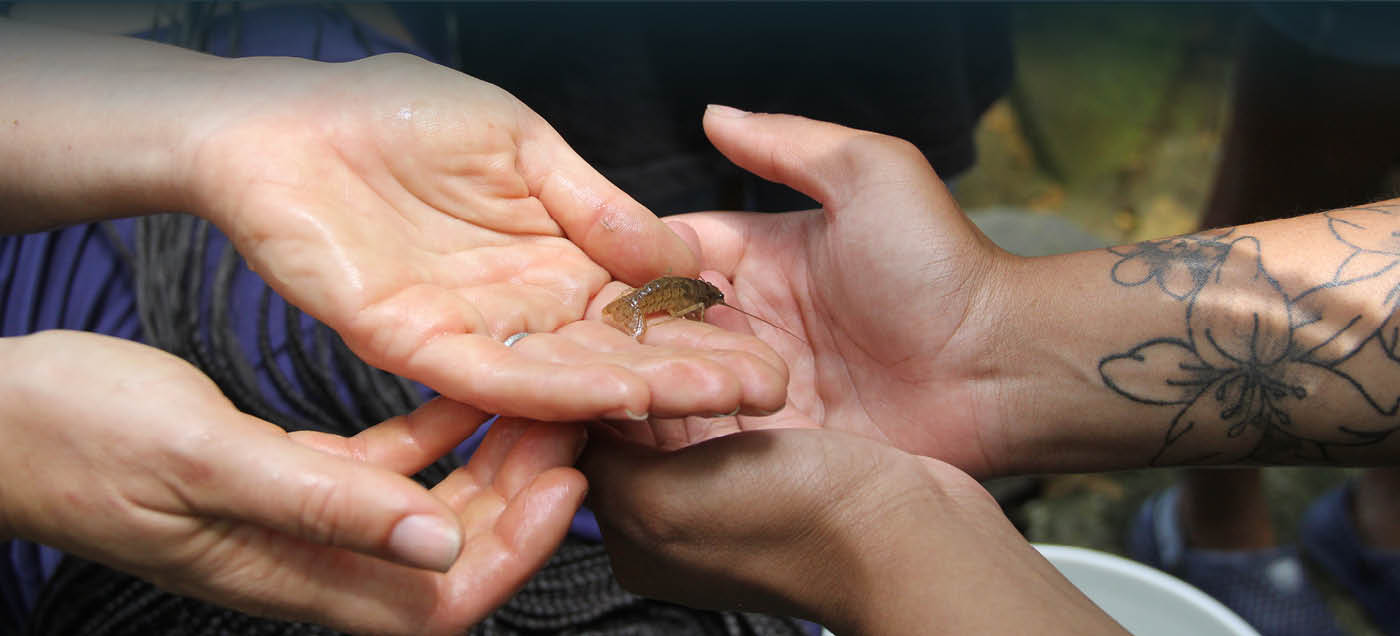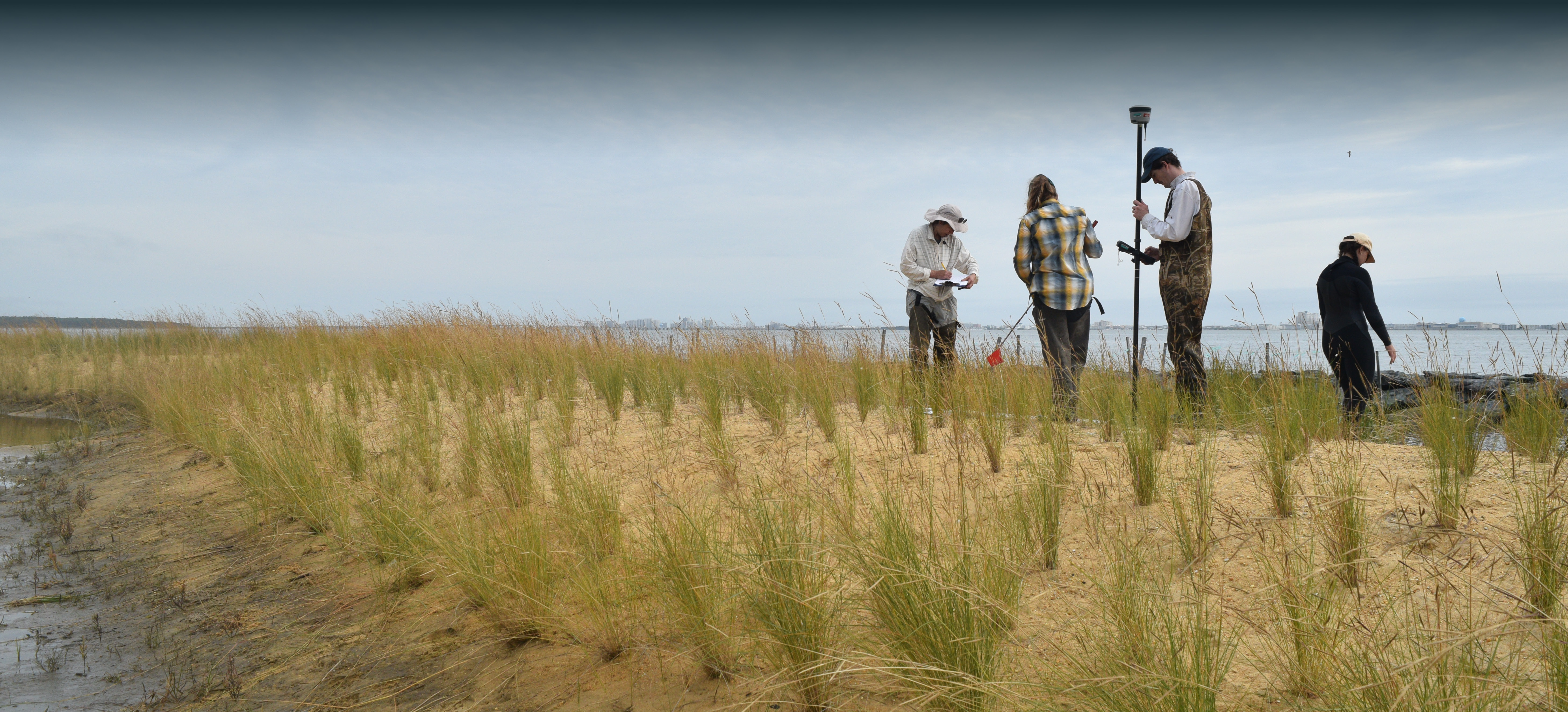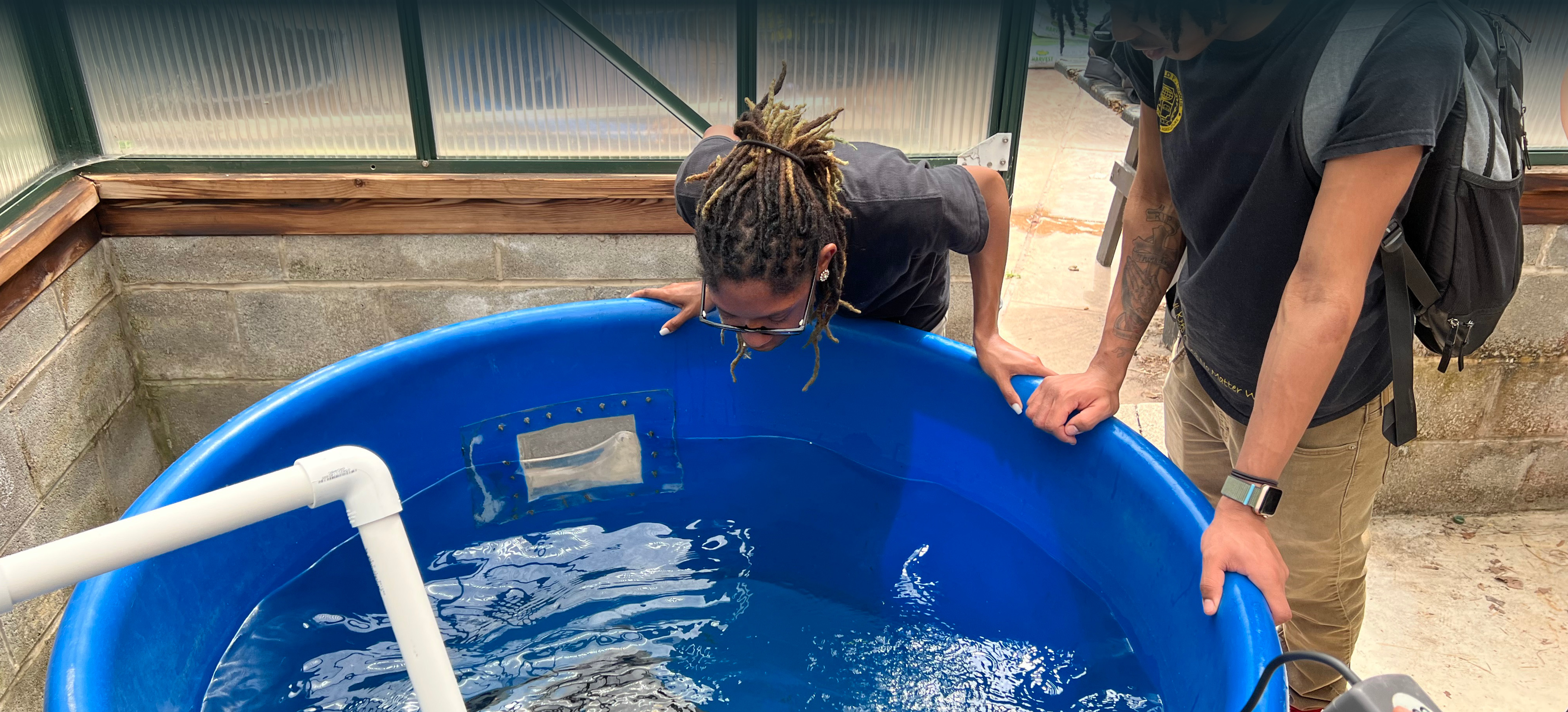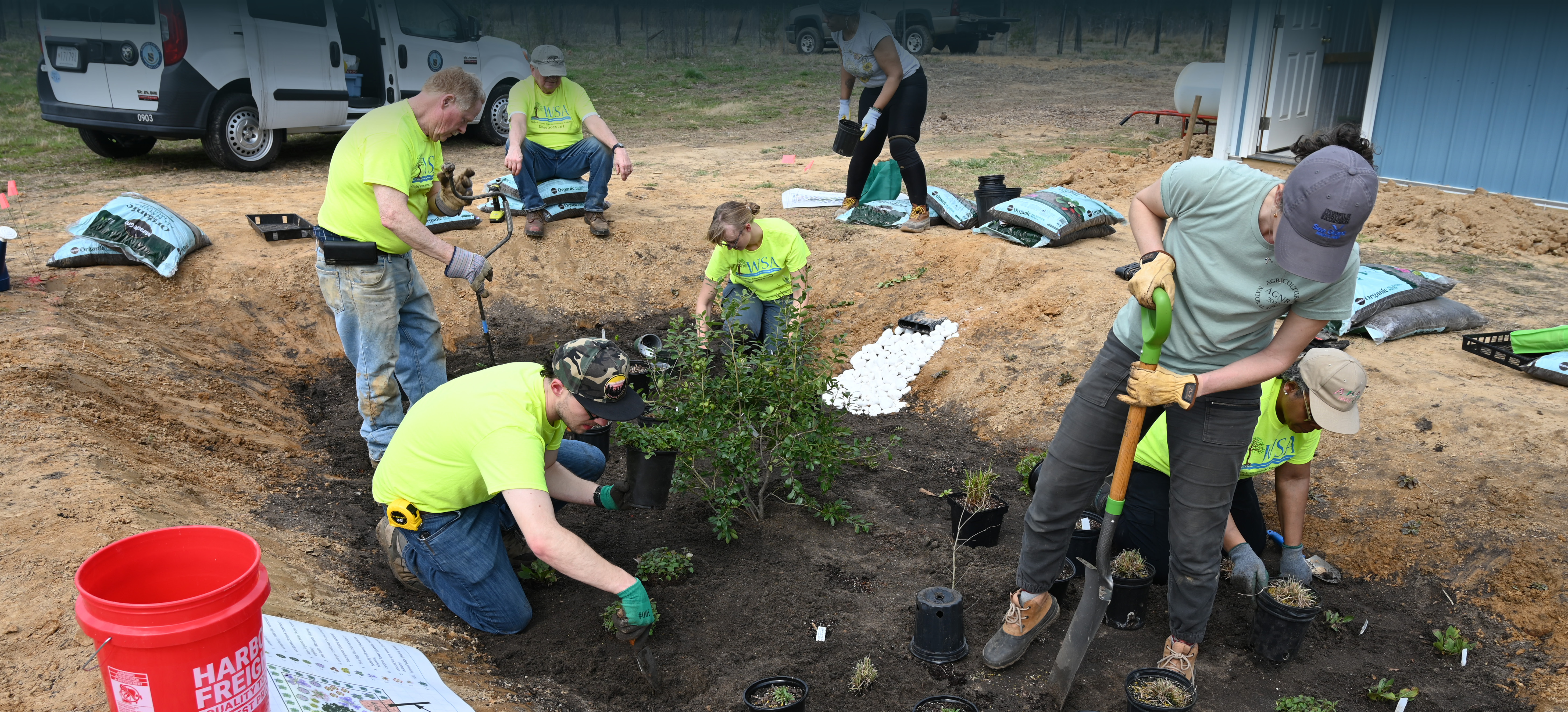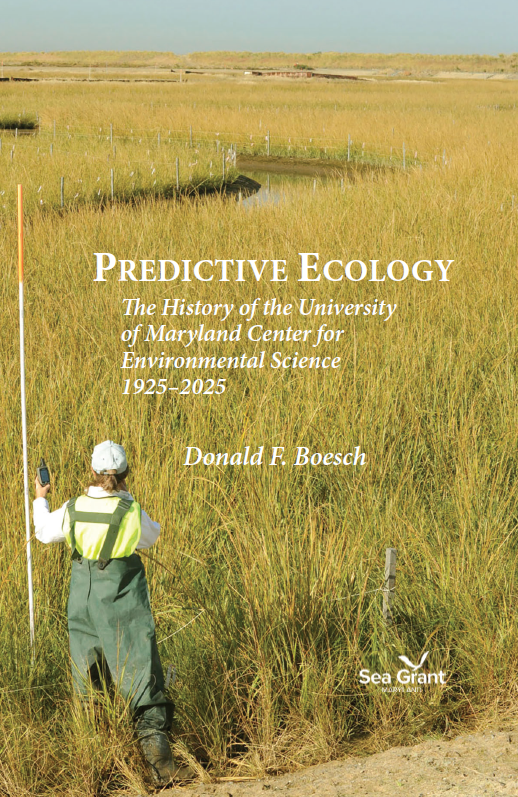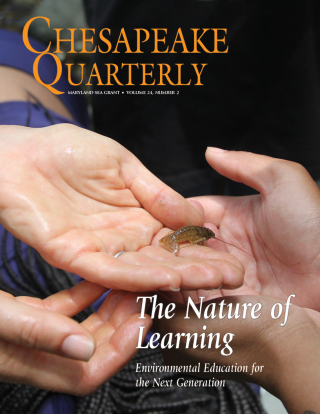Welcome
Maryland Sea Grant works to apply science to protect and restore the Chesapeake Bay and Maryland’s coastal resources. We fund and explain scientific research to help leaders and communities deal with our state’s major environmental challenges, and promote a sustainable coastal economy.
